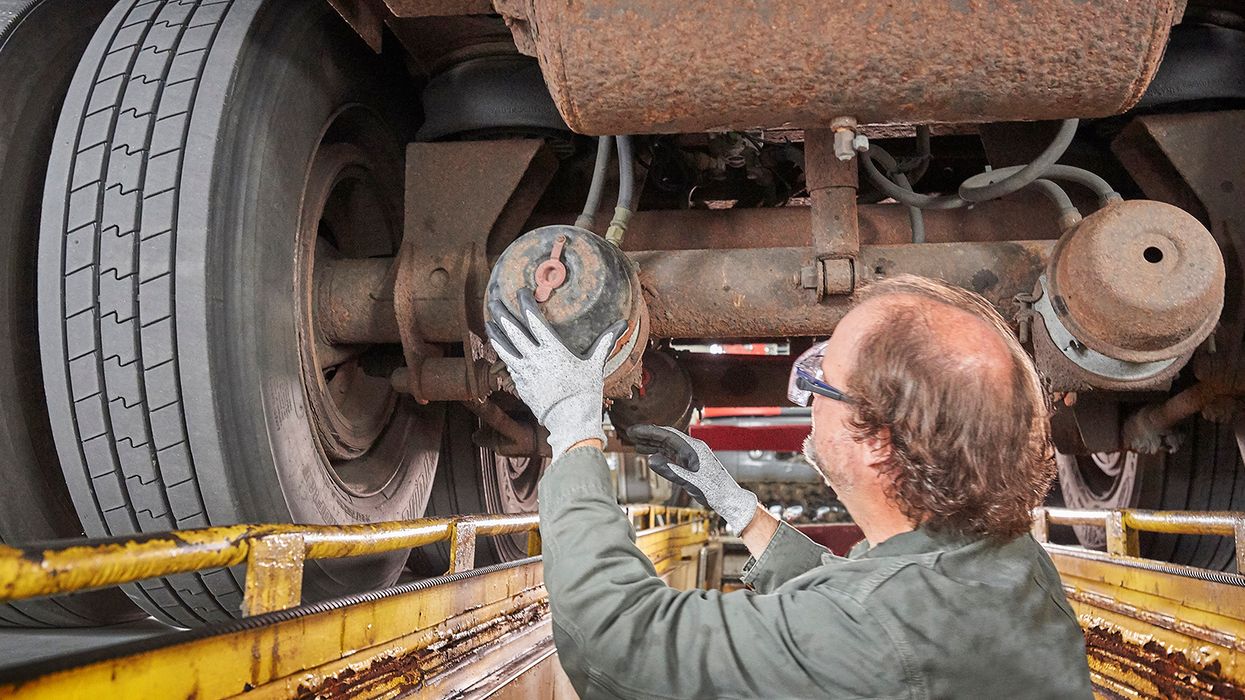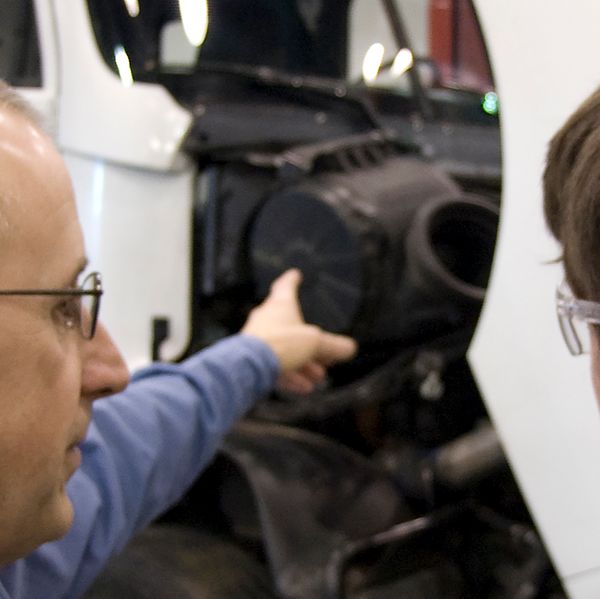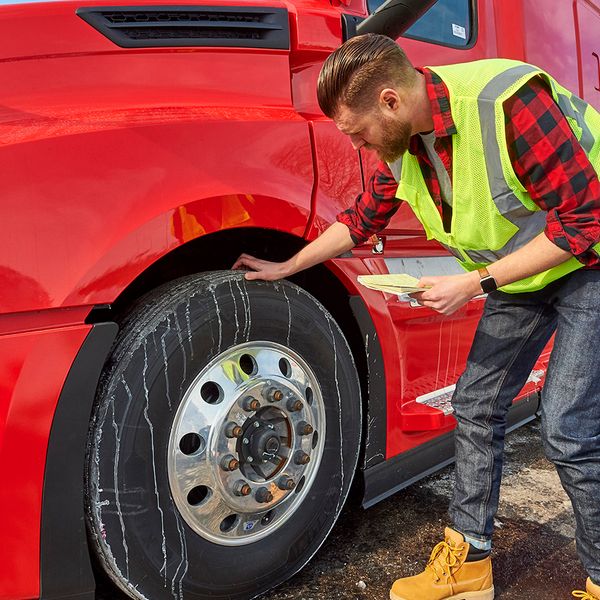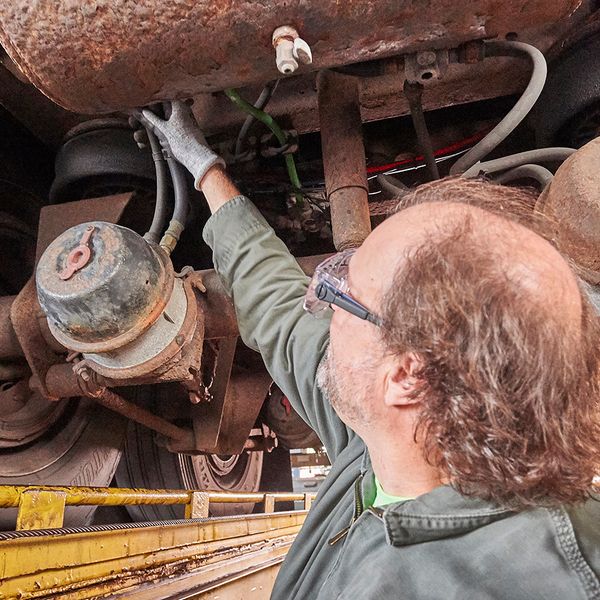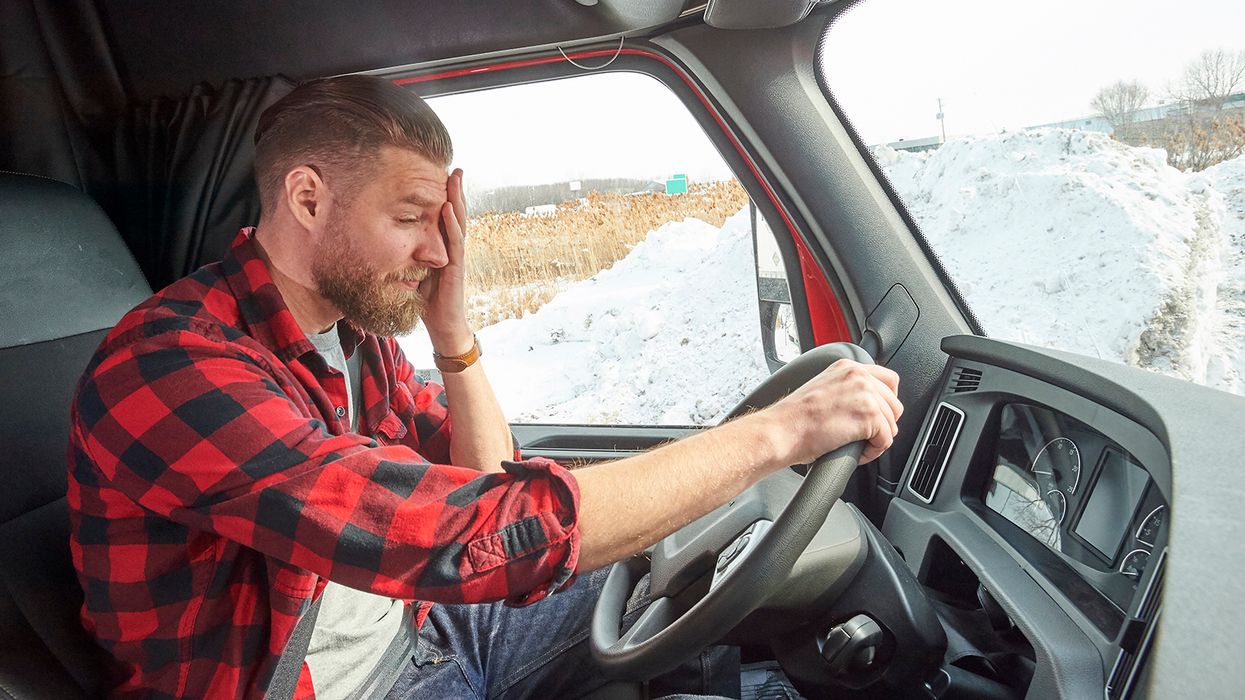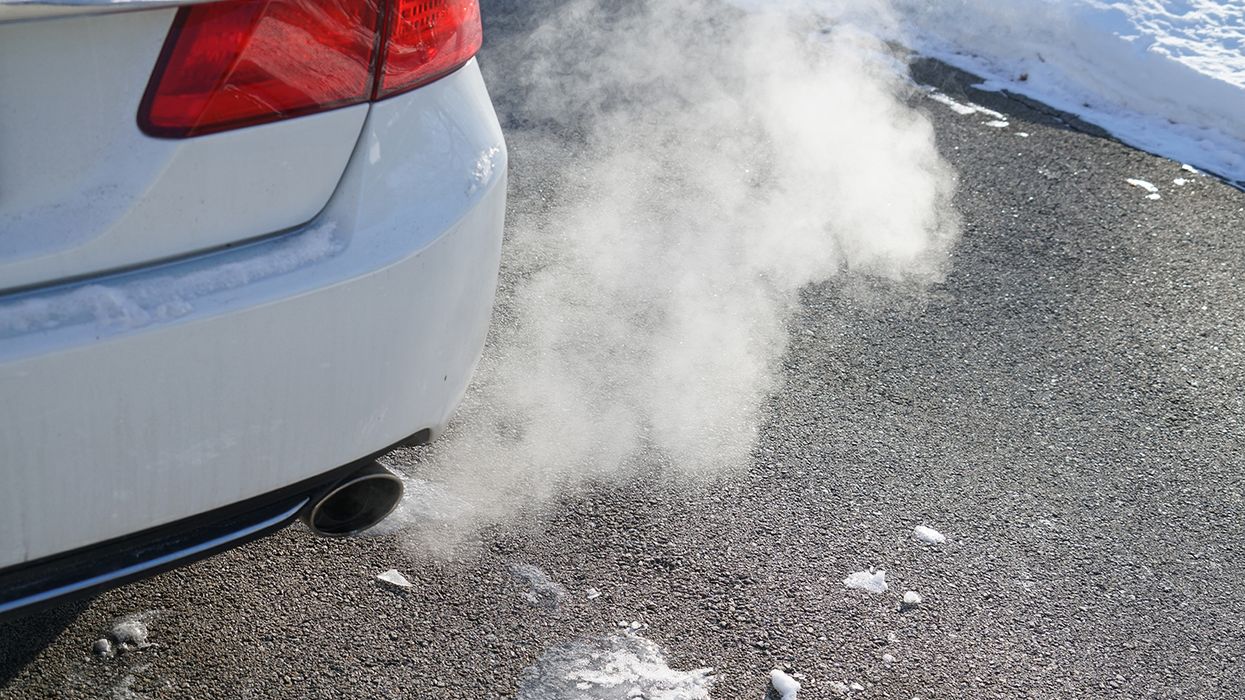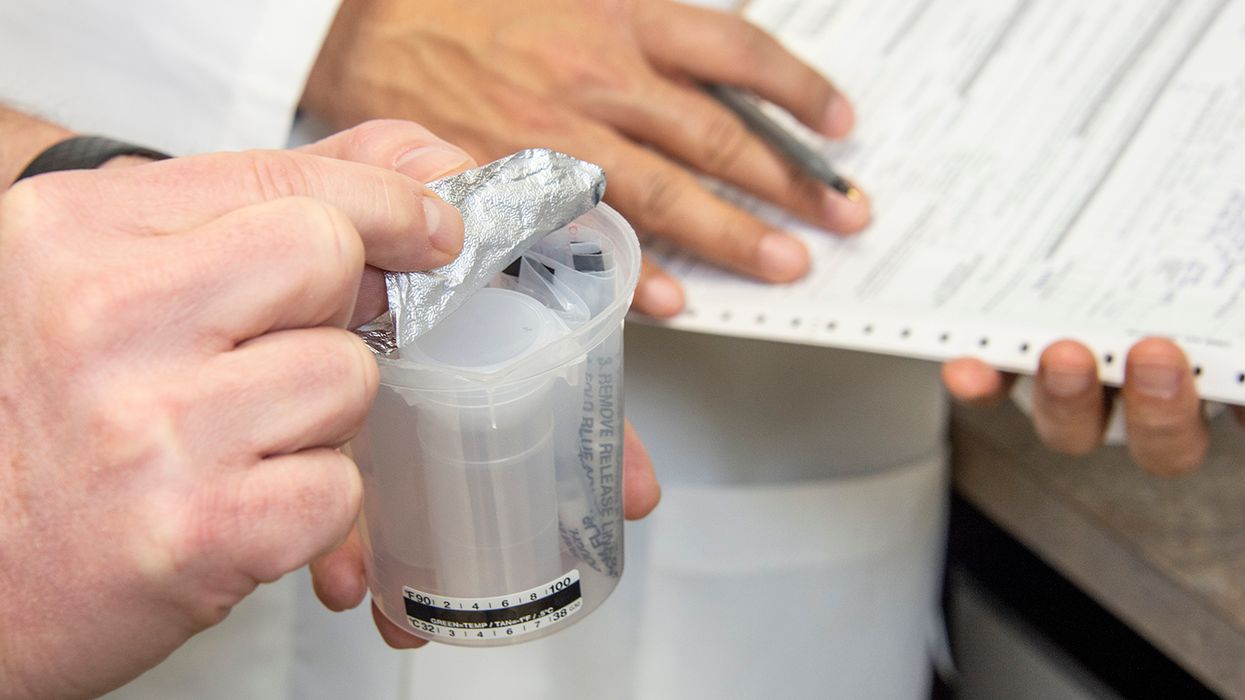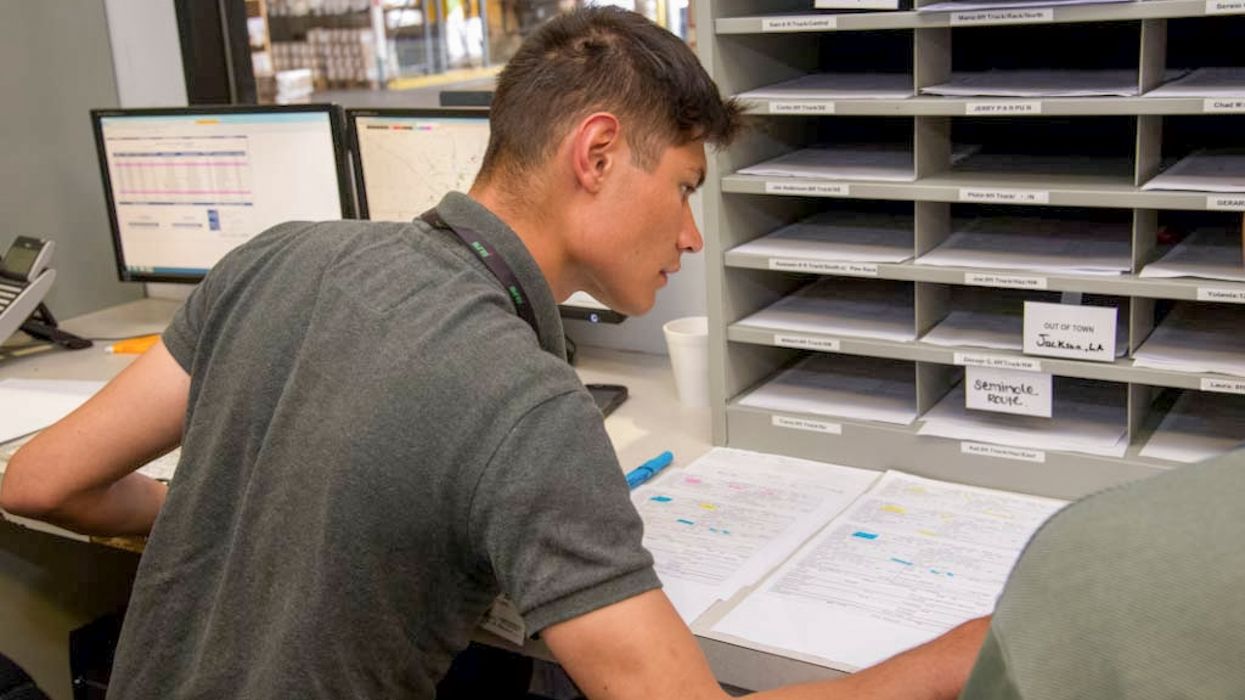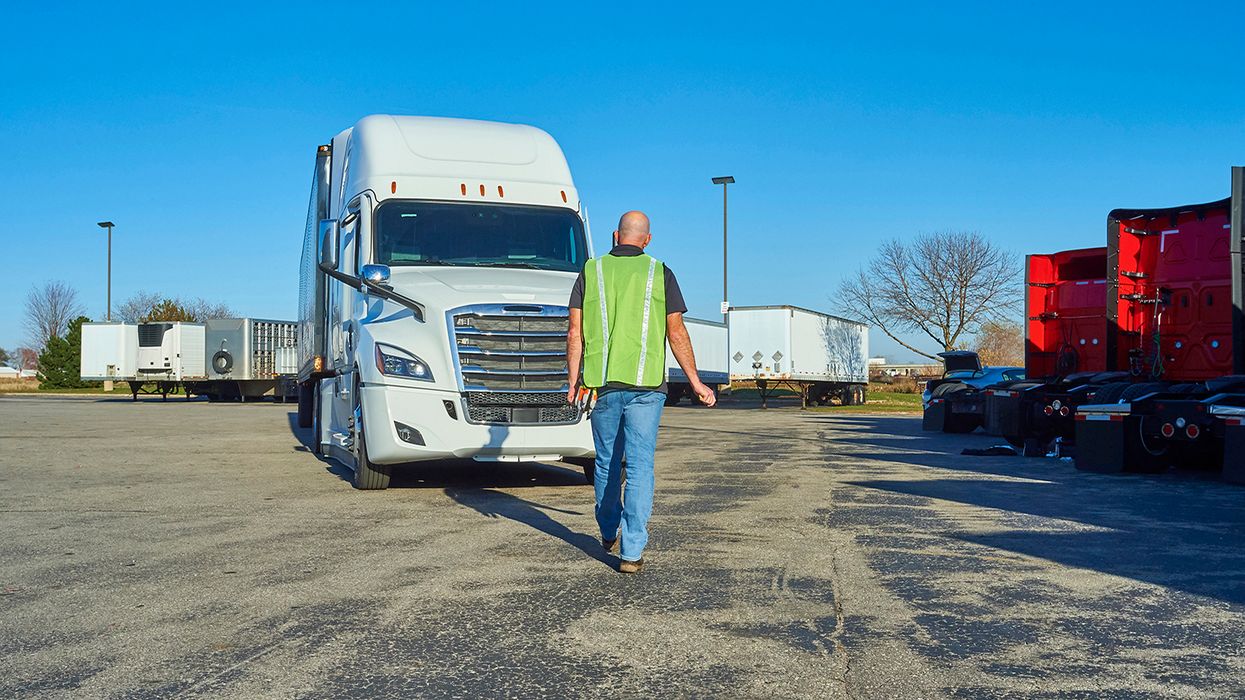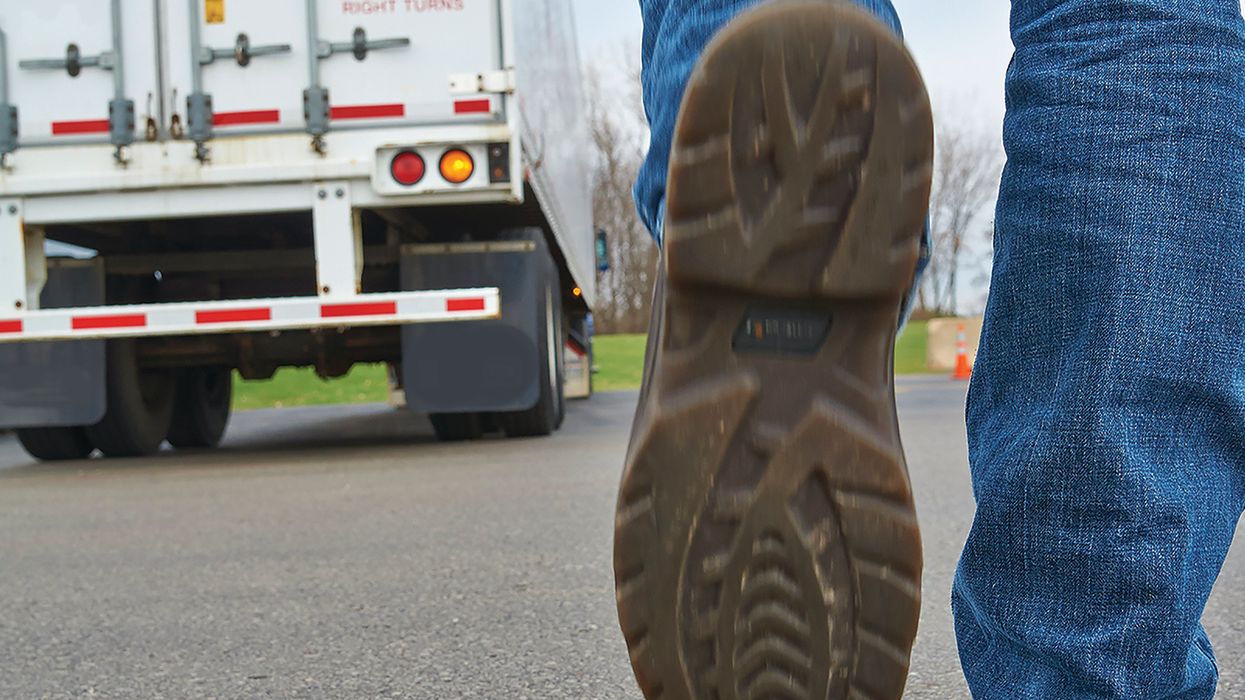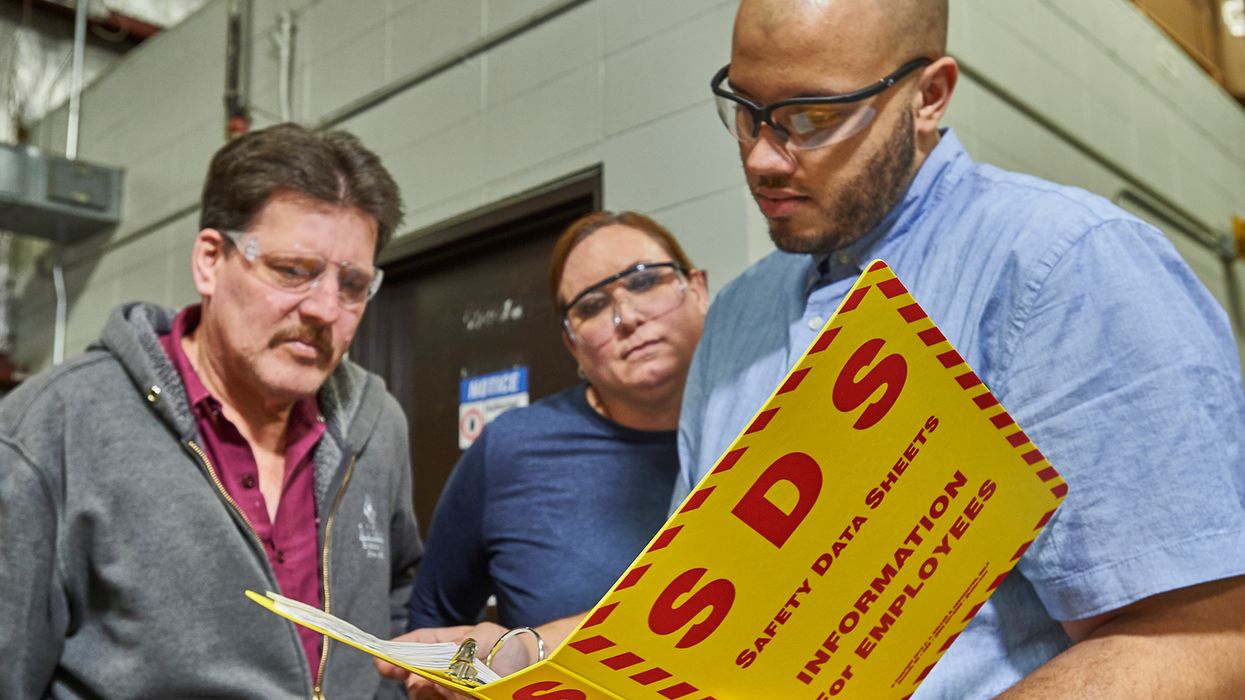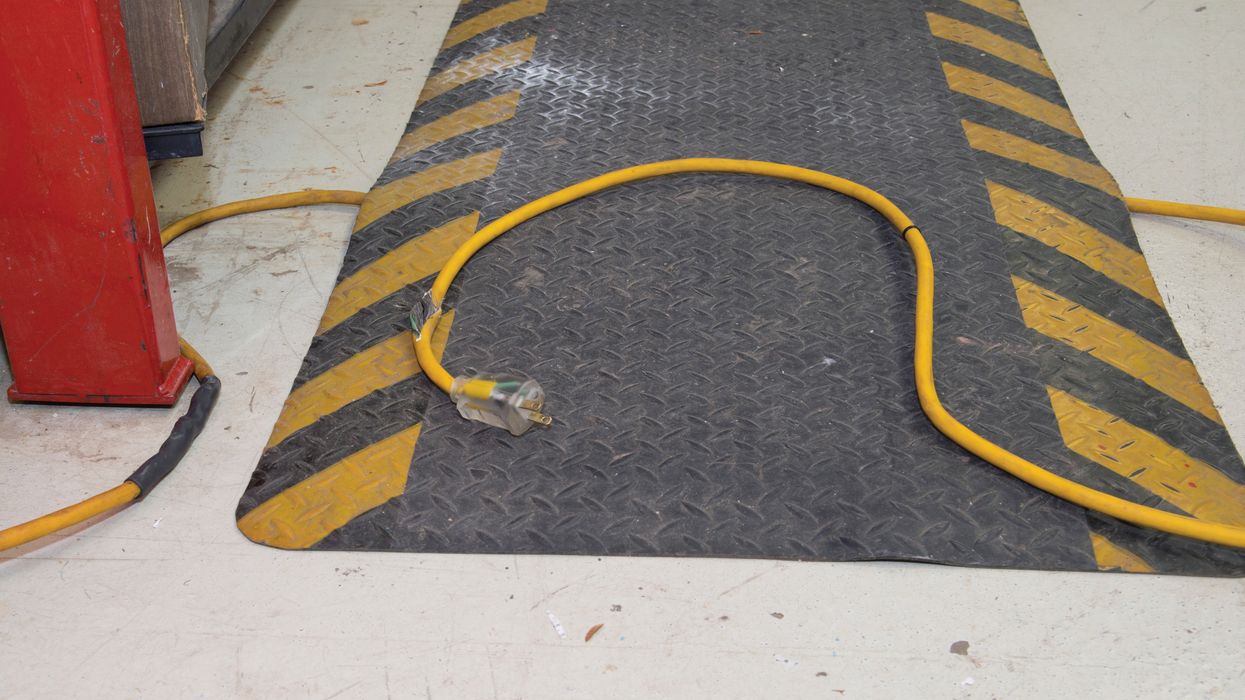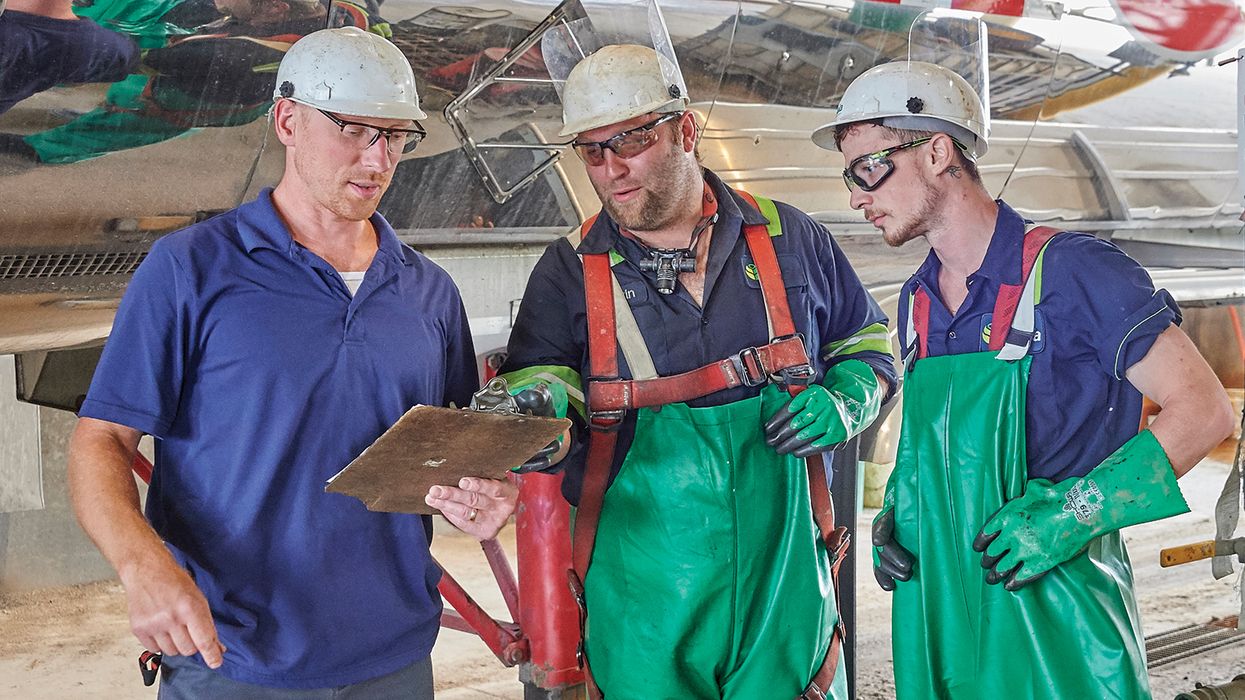NewsIndustry NewsFleet SafetyCMV Parts and MaintenanceFocus AreaIn-Depth ArticleEnglishVehicle maintenanceTransportationUSA
Lights, brakes, and tires — How to get common vehicle violations under control
2023-03-20T05:00:00Z
When I first transitioned from driving into fleet safety, a wise safety manager told me, “If we can get our lights, brakes, and tire violations under control, we’d eliminate over half of our violations.” Here we are, more than 30 years down the road, and look at what the industry is still grappling with when it comes to vehicle violations — lights, tires, and brakes.
Lights
Here are some methods carriers use to get light violations under control:
- Switching to LED lights – These lights do not burn out as often as incandescent or sealed beam lights. This reduces the number of light violations. LED lights, however, are more expensive.
- Using sealed connections, including during repairs – One common issue with lights is failing wires, in particular at connections. Being disciplined about sealing and protecting connections, particularly during maintenance and repairs, can help eliminate this problem.
- Checking lights as part of all maintenance activities – Whenever a technician moves a vehicle (truck, tractor, trailer, etc.), all lights should be checked.
- Having drivers check the lights during pretrip, en route, and post-trip inspections – Any time the driver inspects the vehicle, and any time the vehicle is parked, the lights should be checked. Part of this is tracking drivers' compliance with the inspection requirements. This involves tracking roadside inspections and maintenance findings and observing drivers.
Brakes
Here are some methods carriers use to help reduce brake violations:
- Matching the brake system to the intended work – Specifying the correct brake system and replacement components can eliminate many catastrophic component failures.
- Inspecting the brakes – Have technicians check brake slack adjuster freeplay, the condition of all brake components, alarm activation, tractor protection valve function, and for leaks during any service or maintenance activity.
- Maintaining automatic slack adjusters – Technicians should be lubricating and maintaining automatic slack adjusters (ASAs) according to the manufacturer recommendations. If an ASA is found out of adjustment, the technician should determine why it is not functioning, not just readjust it.
- Having drivers inspect the brakes during pretrips and post-trips – Drivers are not technicians and cannot inspect the brakes to the same depth as a technician. However, drivers should be able to look at a brake assembly and verify that everything is in place and showing signs of working correctly.
Tires
Here are methods carriers use to help get tire violations under control:
- Matching the tires to the intended use of the vehicle, especially if the intended use will be severe.
- Checking tires during service – Have technicians inspect the tread, condition, and inflation of all tires during any service or maintenance activity.
- Developing realistic tread wear limits – You don’t want a vehicle leaving the shop with tires that are barely legal.
- Limiting the types of repairs – Limiting the type of repairs you will allow on tires that remain in service can help reduce unexpected blowouts.
- Having drivers check the tires during pretrip, en route, and post-trip inspections – Any time the driver inspects the vehicle, and any time the vehicle is parked, the tires should be checked.
Key to remember: There are practices that can reduce your problems in the most common areas when it comes to parts and components.

